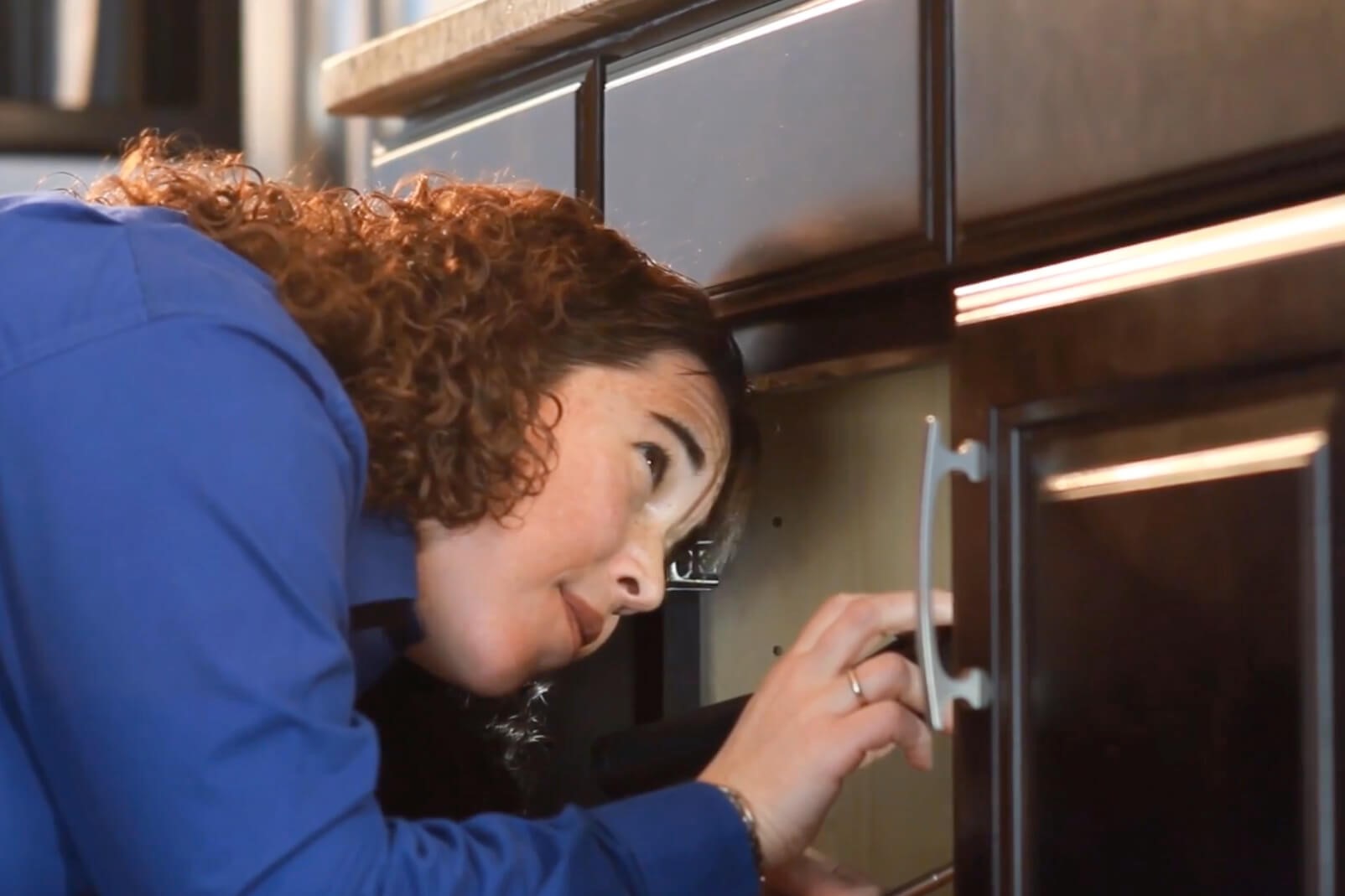
How to Write a Resume
Your resume is a key part of your pest control job search. It’s how a company gets its first impression of you, and it tells an employer who you are, what you have done with your career so far through your work experience and what skills you can bring to their company.
Having a strong resume will help you stand out from other applicants. Use these tips to learn how to create a resume that will help you land your next job.
1. Keep it short
Potential employers don’t have time to read and sift through long resumes. When it comes to how to write your resume, keep everything short, sweet and to the point. Your resume should be no longer than one page unless you have over 10 years of experience. Use bullet points instead of paragraphs to help keep length in check, and make sure the most important points are on the top third of the page.
2. Ditch the objective
Employers know what your objective is – to land the job, of course! You don’t need to waste precious room on an objective statement. Instead, consider adding a concise summary of your experience and skills to provide potential employers with a quick glance at what you bring to the table.
3. Make sure your contact information sticks out
Make sure your contact information is prominent on your resume, so that employers know exactly how to get in touch with you. You should put your phone number and a professional email address, along with a LinkedIn profile or Twitter account if you have them, provided that they are kept professional.
4. Make it relevant and recent
When you are trying to determine what to put on a resume, keep in mind that potential employers don’t have a lot of time to spend reviewing lengthy documents. They want to look at the most important things you’ve done first, so list your experience and accomplishments in reverse chronological order, with the most recent things at the top. You should also tailor your resume to each employer and remove anything that is not relevant to that position.
5. Use keywords to your benefit
Look at the job posting and pick out some frequently used keywords to add to your resume. You can even use a word cloud generator to determine what words or phrases are used the most and help you place them throughout your resume. This ensures that you’re targeting your resume to the position and helps you get noticed in applicant tracking systems.
6. Proofread! (And have a friend read over it)
It goes without saying, but your resume should be free of any errors or typos. It also helps to have someone look over your resume before you apply. Sometimes spending too much time on something prevents you from noticing small mistakes, so having someone you trust read over it is always a good idea.
More tips:
The steps above outline best practices for how to make a resume, but don’t forget a few last-minute touches to really ensure you’re on your game and ready to land your dream job.
- Save it smartly – Save your resume as “Firstname Lastname Resume” instead of just “resume.” This is one less step the recruiter has to take.
- Send it as a PDF – Always send your resume as a PDF instead of a Word document. This ensures your formatting stays intact and the content cannot be edited.
- Keep it updated – Even if you’re not currently job hunting, be sure to keep your resume updated so you always have it ready to go. Make sure you keep it fresh with new job duties, successes, trainings and awards.
If you’re ready to find a new job now, check out our job board.



